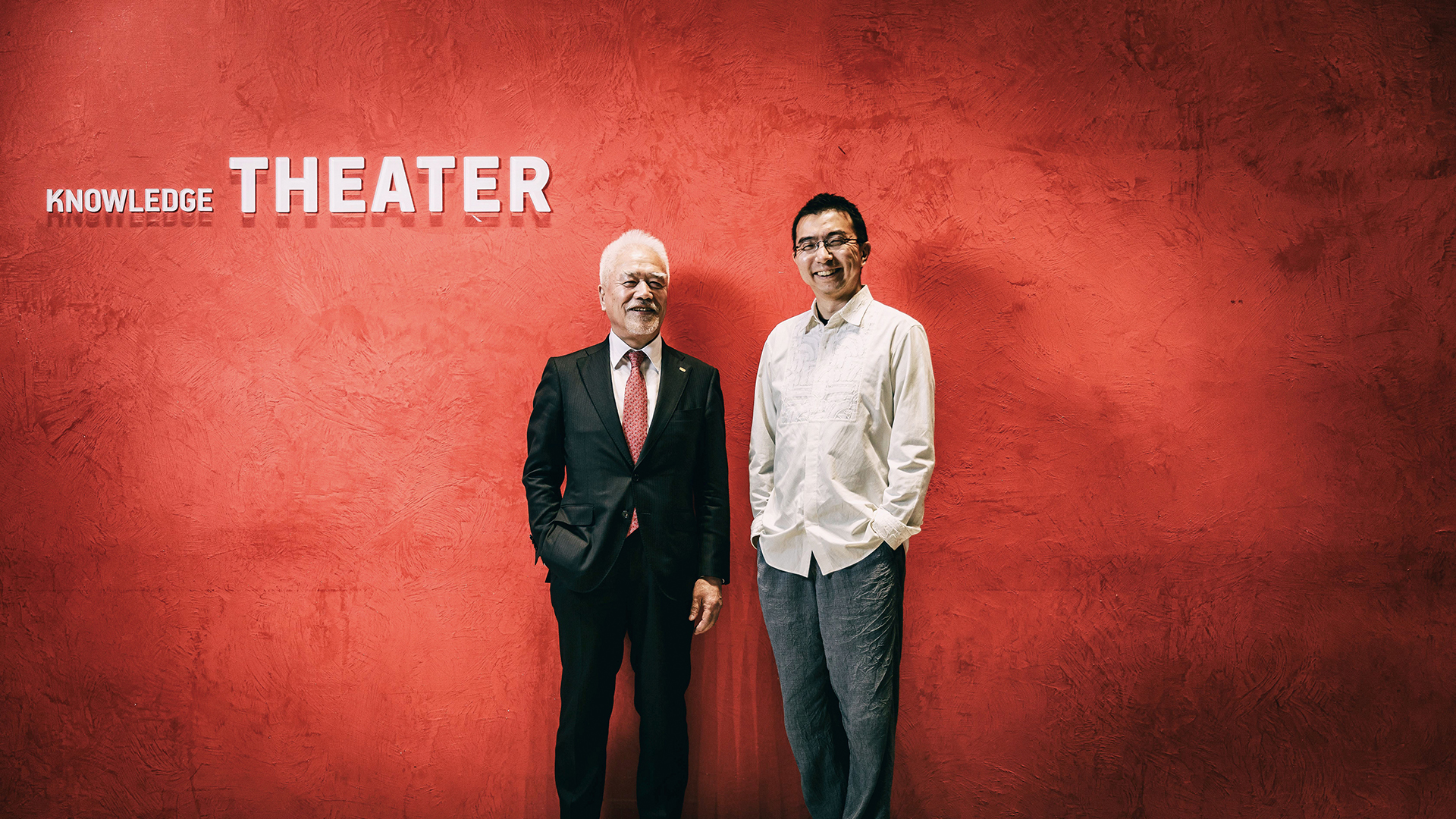



Junzo Tateno
CEO of UNION Corporation
Born in 1947, Junzo Tateno graduated from the Faculty of Law at Konan University (Kobe, Japan) in 1970
and entered Aoki Construction that same year. He joined UNION in 1973 and became CEO and President in 1990.
He serves as Chairman of the Union Foundation for Ergodesign Culture, a Public Interest Incorporated Foundation,
and the Osaka Industrial Bureau. He is also Vice Chairman of the Osaka Chamber of Commerce and Industry.
Sou Fujimoto
Born in 1971 in Hokkaido. Graduated from Tokyo University's Department of Architecture, School of Engineering.
He founded Sou Fujimoto Architects in 2000. Winner of the Golden Lion at the 13th International Architecture Biennale
in Venice (2012), the JIA Award, and other awards and prizes.
6
TATENO
What were you like growing up?
FUJIMOTO
I've liked making things ever since I was a child. Of course, I didn't know anything about architecture then, nor was I interested in it.
TATENO
You're from Hokkaido, am I right?
FUJIMOTO
That's correct. I'm from quite a rural area so I got to play a lot outdoors, in the woods and what not.
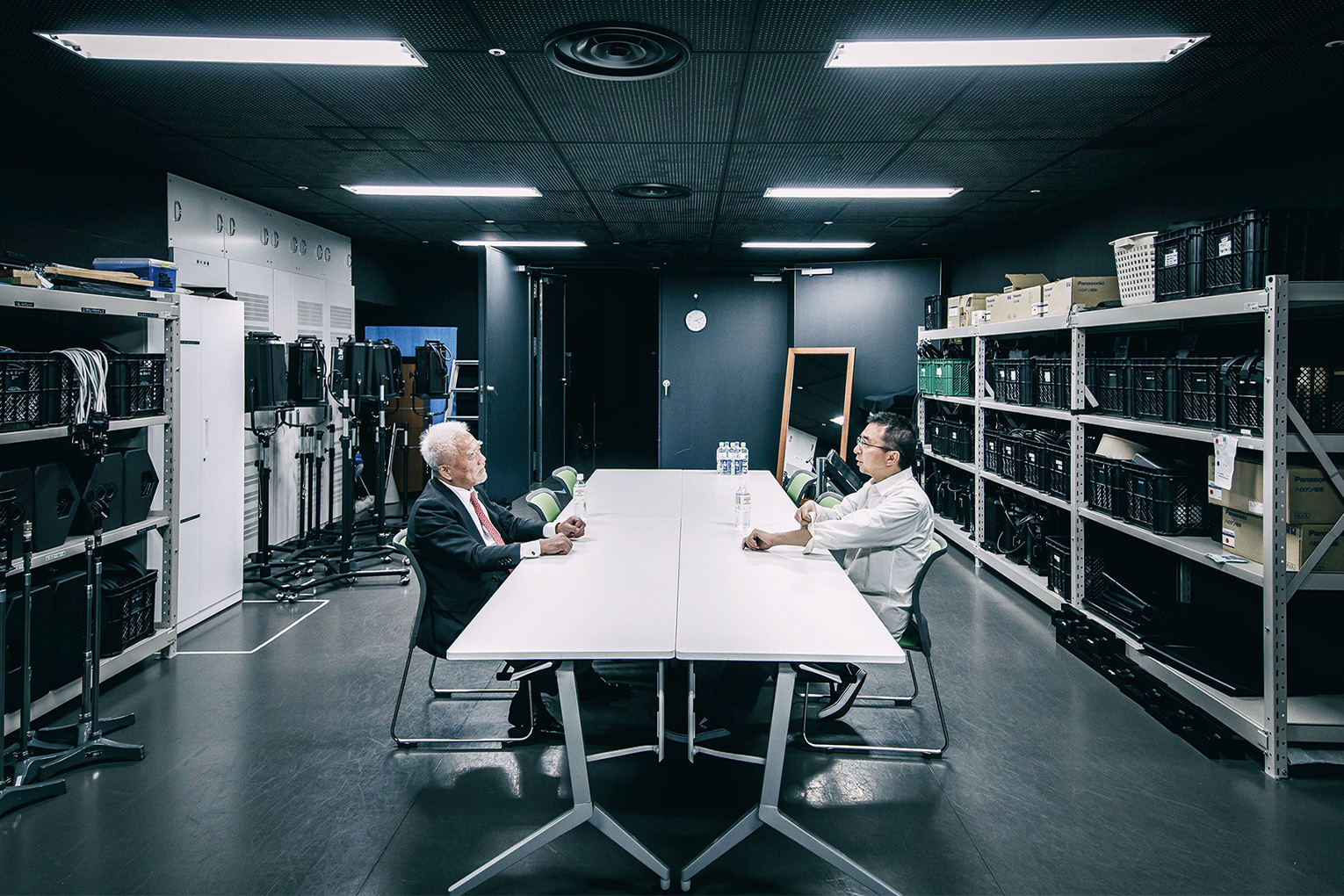
TATENO
Children like to get out and have fun, don't they. When was your first encounter with architecture?
FUJIMOTO
I first discovered architecture when I was in my second year of junior high school. My father had a lot of art books at home, and one of them was on the works of Spanish architect Antoni Gaudí. Up until then I had never felt any sense of creativity emanating from buildings, but after reading that book I remember feeling that architecture too offered the thrill of creation.
TATENO
Is that when you decided to become an architect?
FUJIMOTO
No, I didn't think "I want to become an architect" or anything like that. I was still just a kid who liked building things and playing outside. *Laughs.*
TATENO
Okay, after that when did you begin to show a genuine interest in architecture? In high school?
FUJIMOTO
In high school, I was interested in physics. My father had another book on his bookshelf that Einstein had written for a general readership and that deepened my interest in physics. I was impressed with how he questioned accepted knowledge and worked to build novel theories based on new points of view. Whether you're talking about Newton or Einstein, they both tried to use new concepts to explain the world and tested their ideas through a process of trial and error. I was fascinated by that approach and wanted to keep delving deeper into physics as a result.
TATENO
I see. So at that time you were more interested in constructing ideas than building physical objects?
FUJIMOTO
You could say that. This culminated with me getting into Tokyo University's Natural Sciences department after taking my entrance exams. While there, I studied pretty much everything. Physics, mathematics, architecture, science and engineering.
TATENO
Wow, you went to Tokyo University. It goes without saying, but you must have gotten excellent grades in high school.
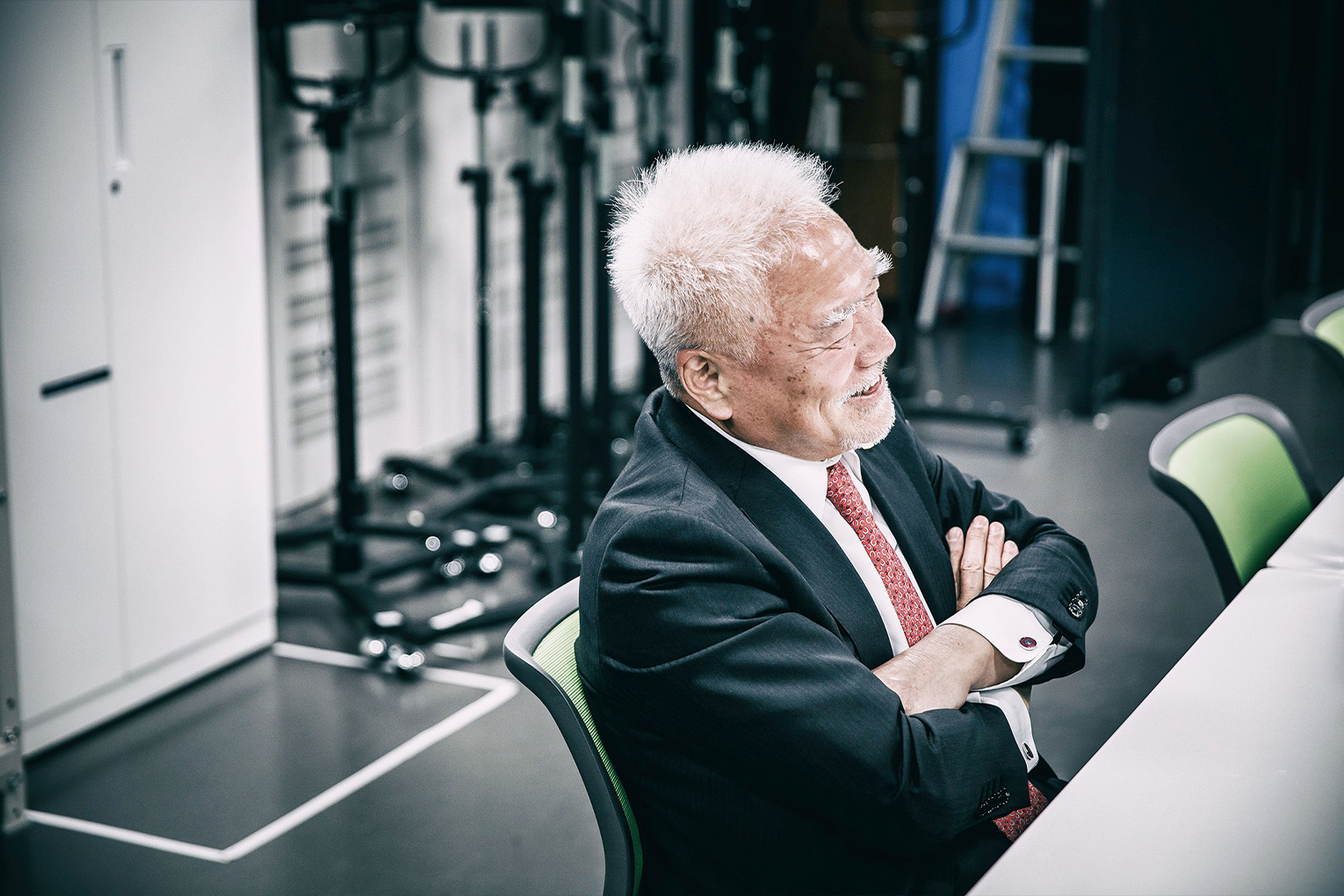
FUJIMOTO
I attended the best prep school in Asahikawa and was the top my class in the sciences. But Tokyo University is filled with people like that from all over the country, so I was no match. Up until then, there hadn't been anything I couldn't understand just by studying it. Even for difficult subjects, I was able to figure out how things worked and eventually learn how to do them after a period of adjustment. But when I took my first physics class at university, I was like "oh, so this is what not understanding feels like" and happily threw in the towel. I was like "this is just impossible." *Laughs.*
TATENO
So that was your first taste of defeat.
FUJIMOTO
Hmmm, I don't know if I'd call it defeat. It was quite liberating actually. I couldn't understand a thing and was able to accept that and give up. *Laughs.*
TATENO
I see. So what was it that launched you down the path of architecture then?
FUJIMOTO
Halfway through my second year at university, I had to decide what courses I was going to take and remembered that I used to like making things, so I kind of just naturally chose to study architecture. I never really wanted to do engineering, but somehow found myself plunged into the world of architecture. At the time, I hadn't heard of Tadao Ando; the only famous architect I knew was Antoni Gaudí, who I had read about in that book I borrowed from my father. I didn't know the names Kenzo Tange or Le Corbusier. Ideally, it would have been nice to know a bit more before starting my architectural studies, but I didn't really give it much thought and just kind of jumped right into it.
But once I was in, I started taking courses on all the masters, Corbusier, Ludwig Mies van der Rohe, anyone you can think of. I remember my excitement at the time and thinking "Wow, there was someone out there who created architecture like this."
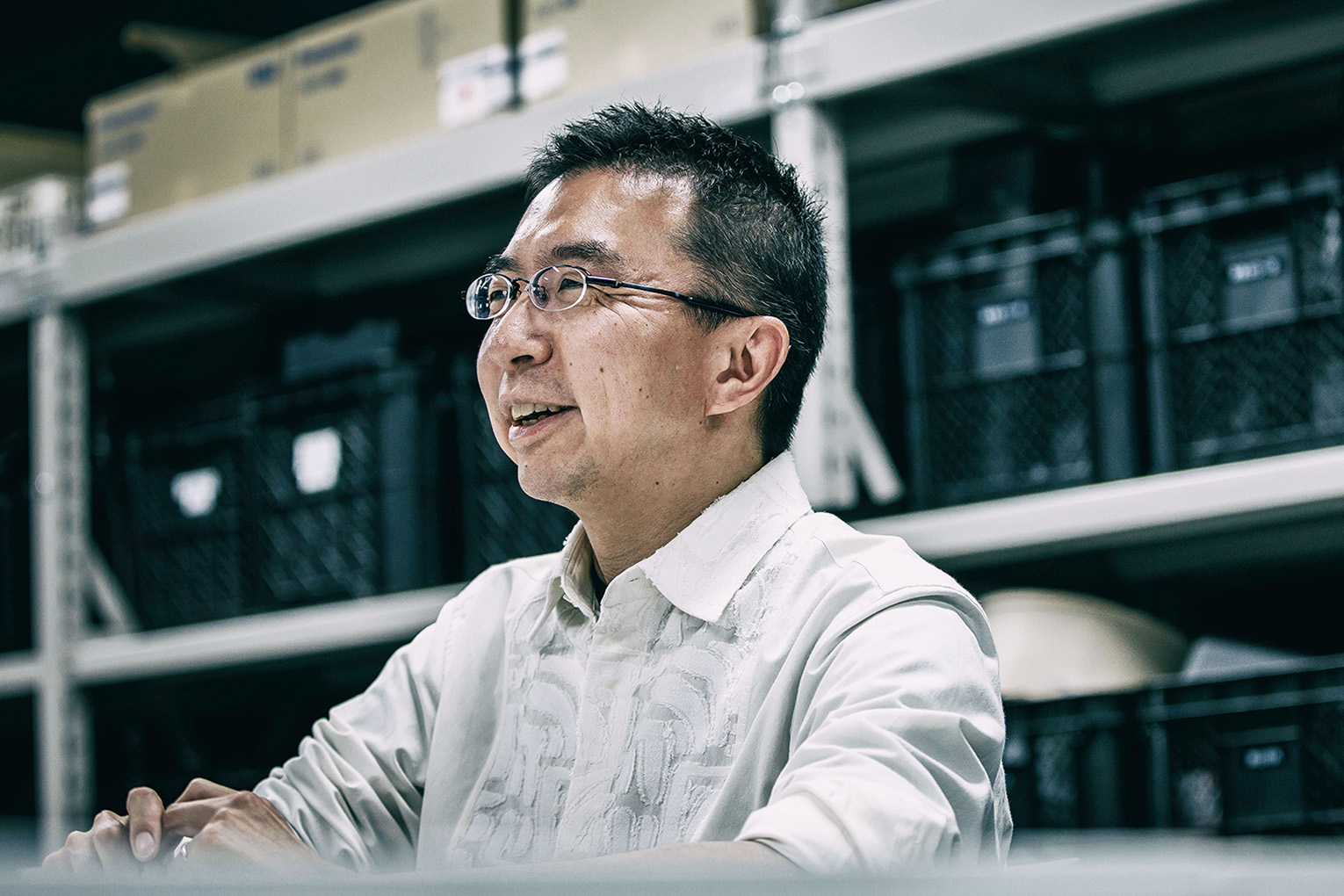
TATENO
Weren't Corbusier and Mies alive at the same time as Einstein?
FUJIMOTO
That's right. By some twist of fate, Einstein was thinking up his new theories in the early 20th century at the same time that artistic movements centering around Picasso and others were in full swing. I didn't know anything about architecture at the start, but soon found out that Corbusier, Mies, even the Bauhaus were all active at this time, coming up with their own revolutionary ideas just like Einstein. Discovering that brought me back to the excitement of my youth.
TATENO
So is this what inspired you to become an architect in the end?
FUJIMOTO
Yes. I was actually working on quite a few little projects at the time, and people were quite happy with how they turned out. So I started to think "maybe I actually have quite a knack for this," and set out on my journey to become an architect.
TATENO
Fast-forwarding a bit, did you get your first job out of college at an architectural firm?
FUJIMOTO
No, I actually didn't look for a job after university. I didn't go to graduate school either.
TATENO
Really? You went independent from the start?
FUJIMOTO
That's right.
TATENO
Wow. You don't see that very often.
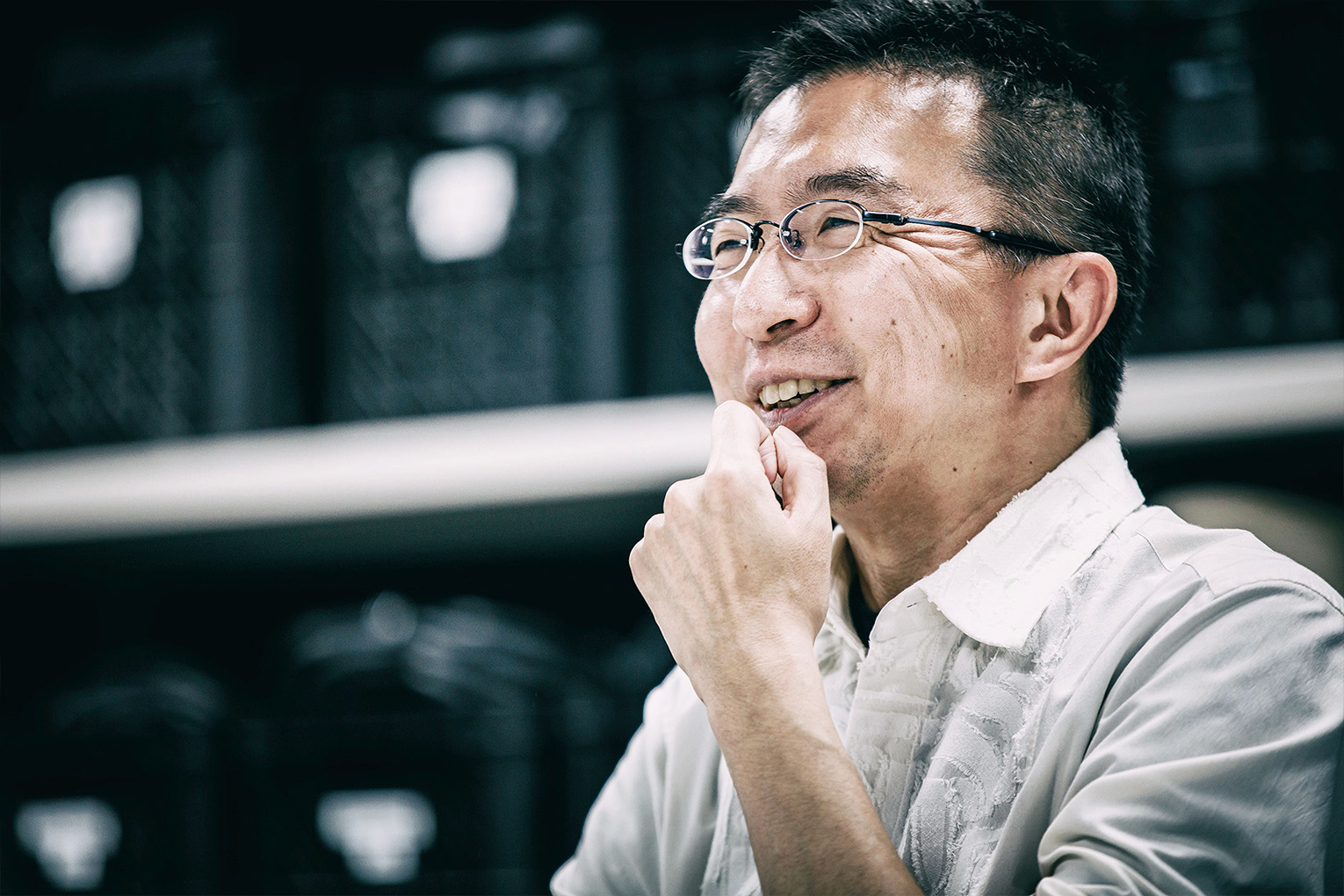
FUJIMOTO
Yes, I think it was quite unprecedented at the time. Now, people have a bit more freedom to design their own lifestyles, so I feel it's a bit more accepted.
TATENO
That's true, but the majority of people still go to work at some firm or another after university. Why did you choose that path?
FUJIMOTO
I started studying architecture halfway through my second year at university, so I only really got in about two and a half years of study. In the summer of my fourth year I realized I had to start thinking about my future and where I was going to work, but felt I hadn't really accomplished anything since, in effect, I had only studied for about two and a half years. For a time, I thought about going to graduate school, but Tokyo University's graduate program was more focused on research than actually making things, which I felt didn't really suit me.
TATENO
It sounds like that wasn't the ideal environment for you. Did you have the option to attend another graduate school?
FUJIMOTO
I wish I would have thought about going to another graduate school or even heading overseas, but at the time, I didn't have much confidence in myself. As I said earlier, I did believe I had a bit of a natural talent for architecture, but I knew people wouldn't really notice my work straight out of the gate.
TATENO
It's hard to get your foot in the door in the architectural world. So why didn't you look for a job at a firm?
FUJIMOTO
To get a job at an architectural firm, you have to have a portfolio. When looking over what I had done, there was lots of stuff I felt I couldn't show off, was embarrassed about, or was scared of receiving criticism on. That left me at a loss for how to move forward.
TATENO
I see. I guess the other path available would have been to study under some famous architect or something like that.
FUJIMOTO
That's true, but I'm quite easily influenced by others so I had this worry that if I studied under some master I would be completely taken over by their thoughts and styles. In the end, I was intimidated by pretty much every option I had and couldn't make that first move.
TATENO
You sound like you were quite the pensive character.
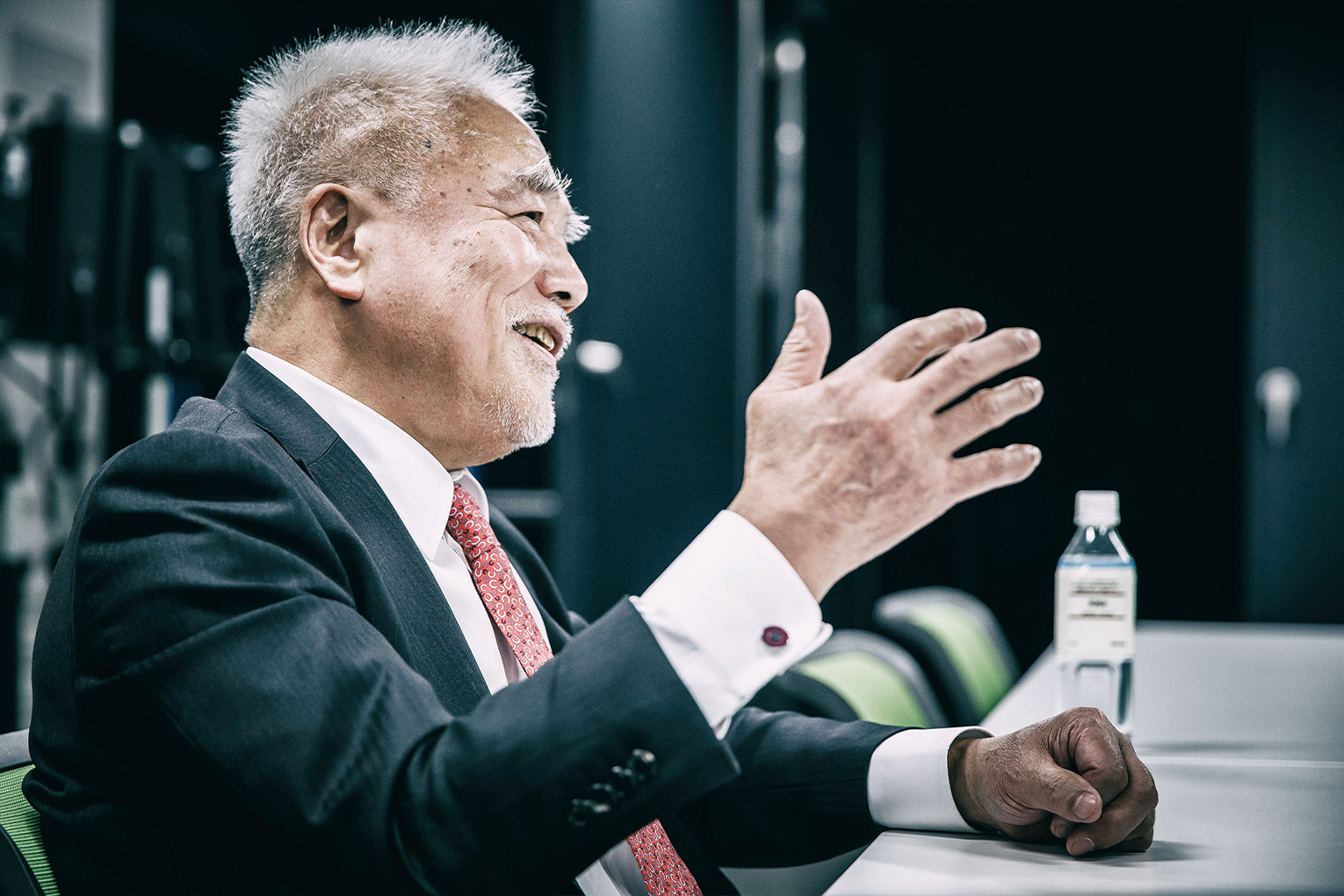
FUJIMOTO
Yeah. *Laughs.* So I thought rather than sitting around and letting time pass after graduating, why don't I try to do something myself for awhile. However, as I mentioned, I had only studied architecture for around two and a half years, so I soon realized I lacked a core philosophy or set of ideas for my architecture. I decided I needed to take some time to think about this on my own. What I wanted most was to be left on my own for a time. You could say that the desire to think about things alone, in peace, was stronger than any specific desire to start up my own firm.
TATENO
Is that right? Was that time you spent alone meaningful and fulfilling in terms of where you were heading?
FUJIMOTO
I really enjoy being by myself. There were a good seven or eight years where I'd spend time thinking over some small idea and expand upon it until I was convinced I had come up with something great.
TATENO
Eight years!? That's a long time.
FUJIMOTO
Yes, but many of the things I'm involved with today are in some ways continuations of the things I thought about back then.
Of course, I had a lot of time, so much of what I was experimenting with or trying out didn't prove useful in the end, but I was able to cultivate my own way of thinking about architecture during that period.
TATENO
So this was a very formative time for you then. During those eight years, was there anyone who you could share your thoughts with?
FUJIMOTO
Yes. One way I did this was by applying to projects with open requests for ideas. When I submitted a lot of proposals, about 10% would be selected. I keep a pretty optimistic outlook, so even when the majority of my ideas were dropped I always felt validated when one of them was accepted. I didn't really sweat the rejections or worry about how I was being judged.
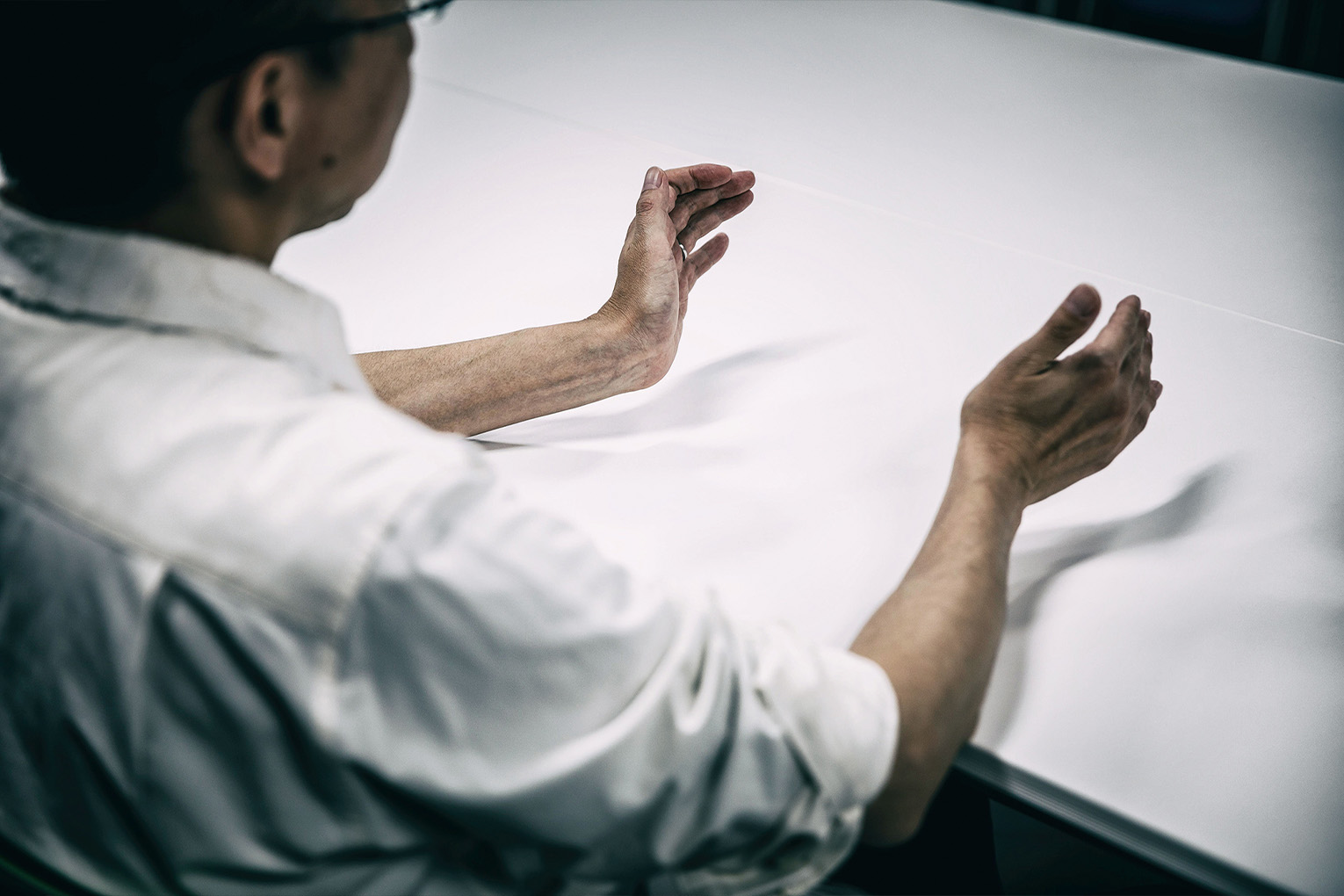
TATENO
It's important not to get down on yourself. Did you meet any kindred spirits?
FUJIMOTO
One person who had a big impact on me was the architect Akihisa Hirata. He's the same age as me and graduated from Kyoto University. We met by chance and often went out for drinks or visited each other at our respective firms. Neither of us had really accomplished much then, and being of the same generation, we were both motivated to show the other what we could do. Hirata was working at Toyo Ito & Associates, which was kind of at the forefront of architecture at the time, so I was exposed to a lot of information and ideas about architecture. He eventually became the driving force of the firm, and we continued our discussions, sharing with one another what we were working on. This gave me a glimpse of what was happening at the cutting edge of architecture.
TATENO
In terms of developing your own thoughts on design and architecture, this must have been a big influence on you.
FUJIMOTO
Yes. During that time, I wasn't able to speak with a large network of people, so it was a big deal for me to be able to think about things at my own pace and discuss topics in depth with a trusted small group of people.
TATENO
Interesting. Was this around the time that Toyo Ito & Associates was working on the Sendai project?
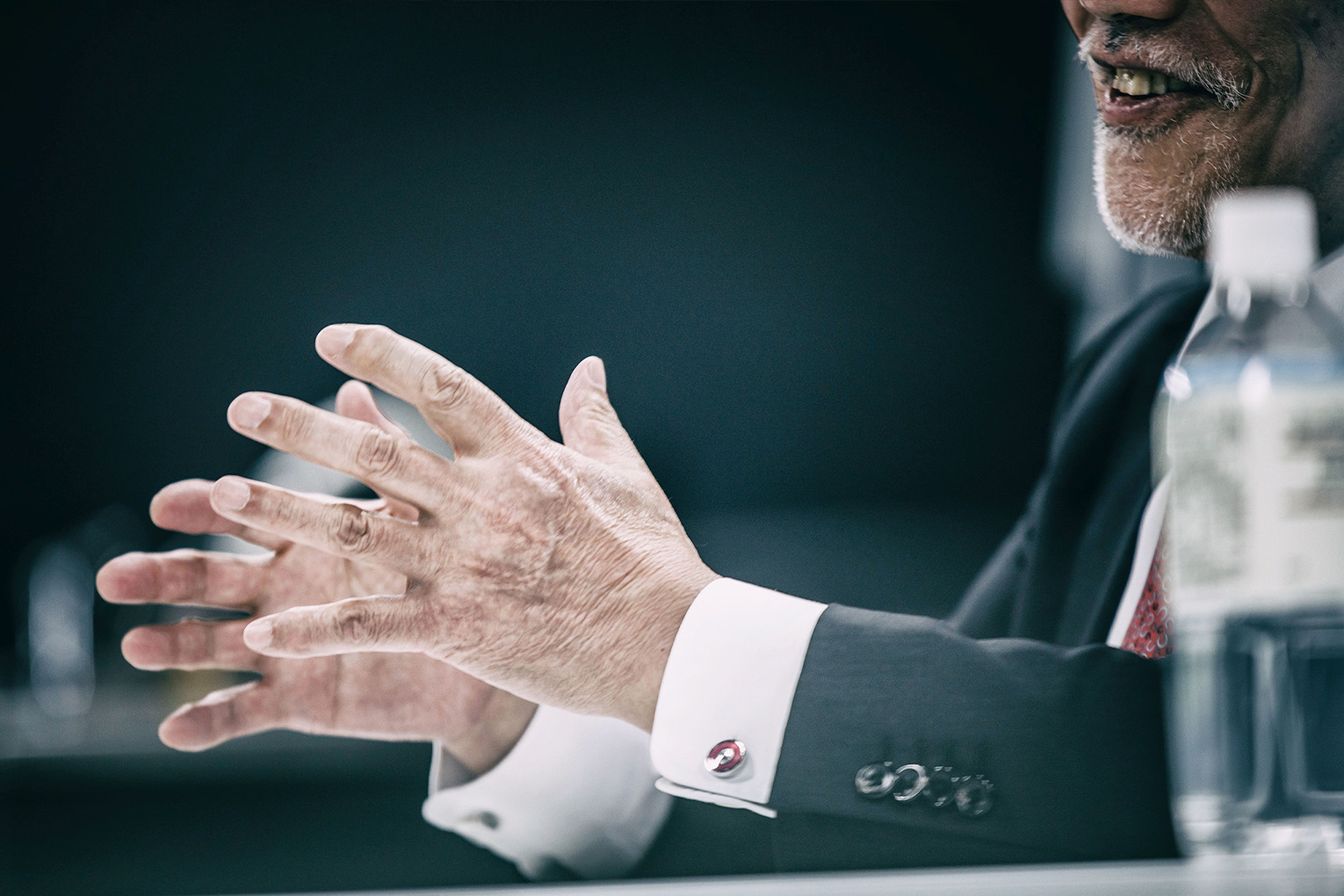
FUJIMOTO
Yes. Apparently, Hirata saw the Sendai proposal and decided he wanted to go and work at their firm.
TATENO
Is that right? If I remember correctly there were quite a few famous architects working at Toyo Ito & Associates then.
FUJIMOTO
I'm quite shy so whenever I went to the firm I didn't really chat much with people there. Usually Hirata, his coworker and I went out drinking. I was working from home then. In 2000 I rented my own office and started working from there. Around then Hirata started coming over and we began interacting more.
TATENO
Do you have any thoughts on architectural education?
FUJIMOTO
While I believe education is important, I can't say what was good or bad about the education I received.
TATENO
Really. What was the learning environment like when you were studying architecture?
FUJIMOTO
There really wasn't any program of bringing famous architects to come speak at the university or anything like that. After Tadao Ando first took a teaching position, Tokyo University started to recruit some major names in the architectural world. When I was there, it was just Professor Kayama and Professor Ono, which made for a much more snug and cozy environment.
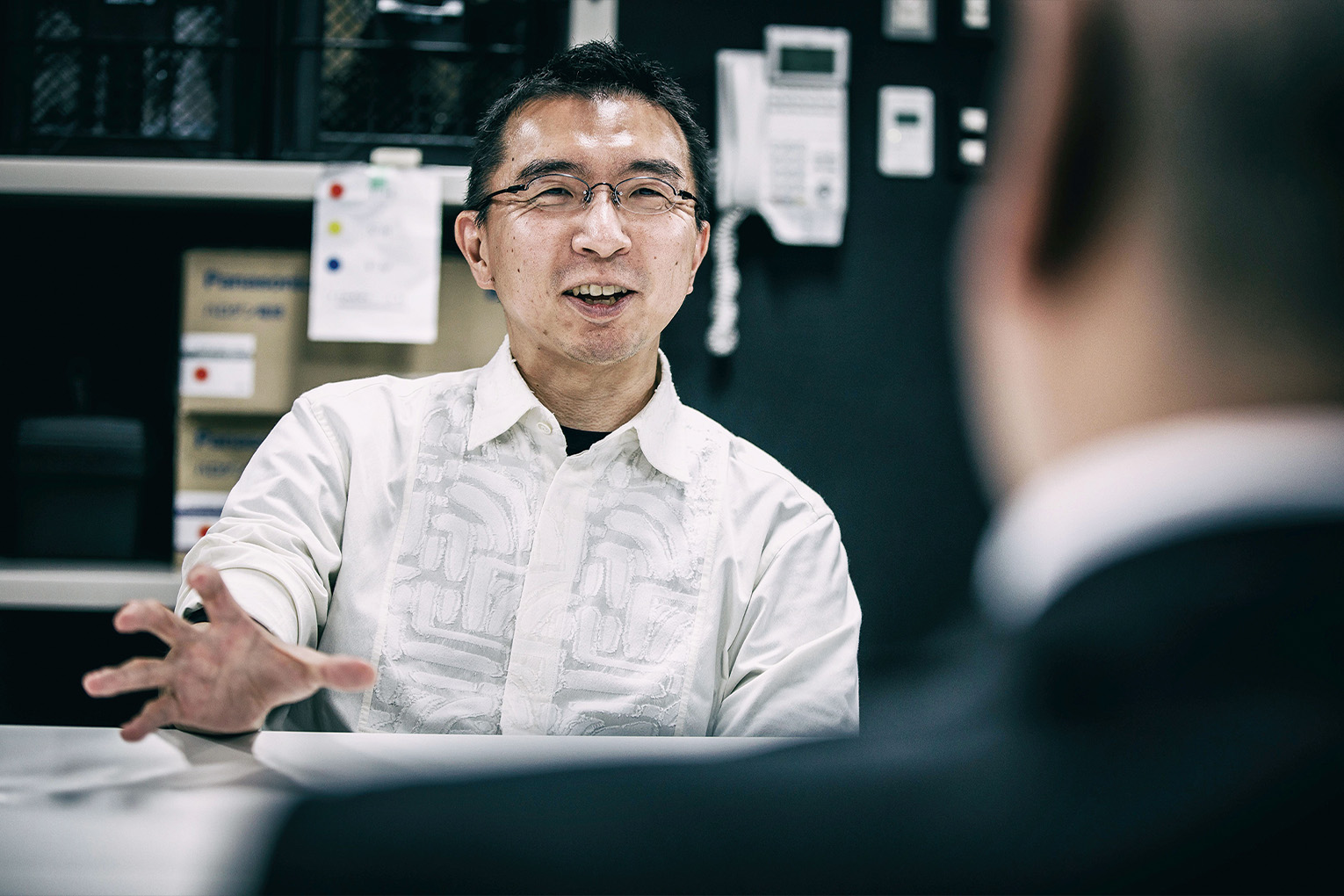
TATENO
That must have been a welcome environment for someone like you with an aversion to communicating in large groups. Did you feel you could take things at your own pace there?
FUJIMOTO
Yes, but sometimes Professor Ono was almost too hands off when teaching. I had trouble understanding things and even thought he hated me in the beginning. Luckily, there was a young passionate TA who really took care of us, which created a good balance, I think.
TATENO
Hearing that reinforces for me just how difficult education is.
FUJIMOTO
It really is. Even I am occasionally asked to teach a studio course for a single semester or on a part-time basis, and I'm totally at a loss sometimes. If I have something interesting in mind, I'll jump at the chance and be like "let's do this!" But students are complex thinkers, so I'll end up changing my idea and get really frustrated when it turns out to be something unremarkable.
TATENO
Students will be students. *Laughs.*
FUJIMOTO
That said, from the students' perspective, the process of feeling lost and thinking your way out is an important one. I understand that as well as anyone.
TATENO
It offers an important chance to cultivate thoughts. I often hear people talk about the importance of English in education. Why didn't you ever end up overseas?
FUJIMOTO
Well, I'm a bid of a scaredy-cat so it was hard for me to take risks like that. I did think for a time that I really should go abroad, but I couldn't speak any English and wrote the whole idea off as impossible. It never crossed my mind that I could just go without knowing English.
TATENO
I've heard you're quite fluent now. When did you learn how to speak?
FUJIMOTO
Over the last 10 years or so. From around 2005, I started to get invited to overseas lectures and used to write out my whole script in English and read it for the audience. In the process, I started to pick up English. Sometime after this, I had a new project I wanted to show off but couldn't be bothered writing everything out in English. I ended up writing down the first half and improvising the second half, and everything kind of worked out. I even got the impression that people reacted better when I didn't have the script. So I began speaking more freely from around then. I think that was sometime between 2006 and 2008.
Over the years, I began receiving interview requests from overseas media outlets, and I took on a number of non-Japanese staff, so I had more occasions to speak English even in Japan. When all was said and done, I learned to speak.
TATENO
Wow, it sounds like it was meant to be. If I'm correct, the majority of staff at your Paris office are non-Japanese.

FUJIMOTO
That's right. We have a lot of French, Chinese, and Spanish staff there. No one is a native English speaker, but they find a way to make it work.
TATENO
I've heard you have quite an extensive English vocabulary.
FUJIMOTO
Yeah, the one thing that's been useful to me from my university entrance exam studies is English vocab. There's actually a lot of words from the study materials that I've been able to use later in life. But if you've ever heard any of my lectures, you'll know I only use really simple English. People are always happy to find they can easily understand my topics. Plenty of non-native speakers don't know a lot of complex words, so my English is perfect for them.
I use really simple grammatical structures. When I went overseas for some lectures in 2005 and 2006, I noticed how the architect Ryue Nishizawa's English was so direct and to the point. I thought "he's onto something." That made things more manageable.
TATENO
Interesting. You've talked a lot about how you are a worrier and a bit passive, but I also get the sense that you have a bold side that says just go with it.
FUJIMOTO
I don't have the luxury to sit around and worry anymore, so I guess I've become a little more laid back than before. *Laughs.*
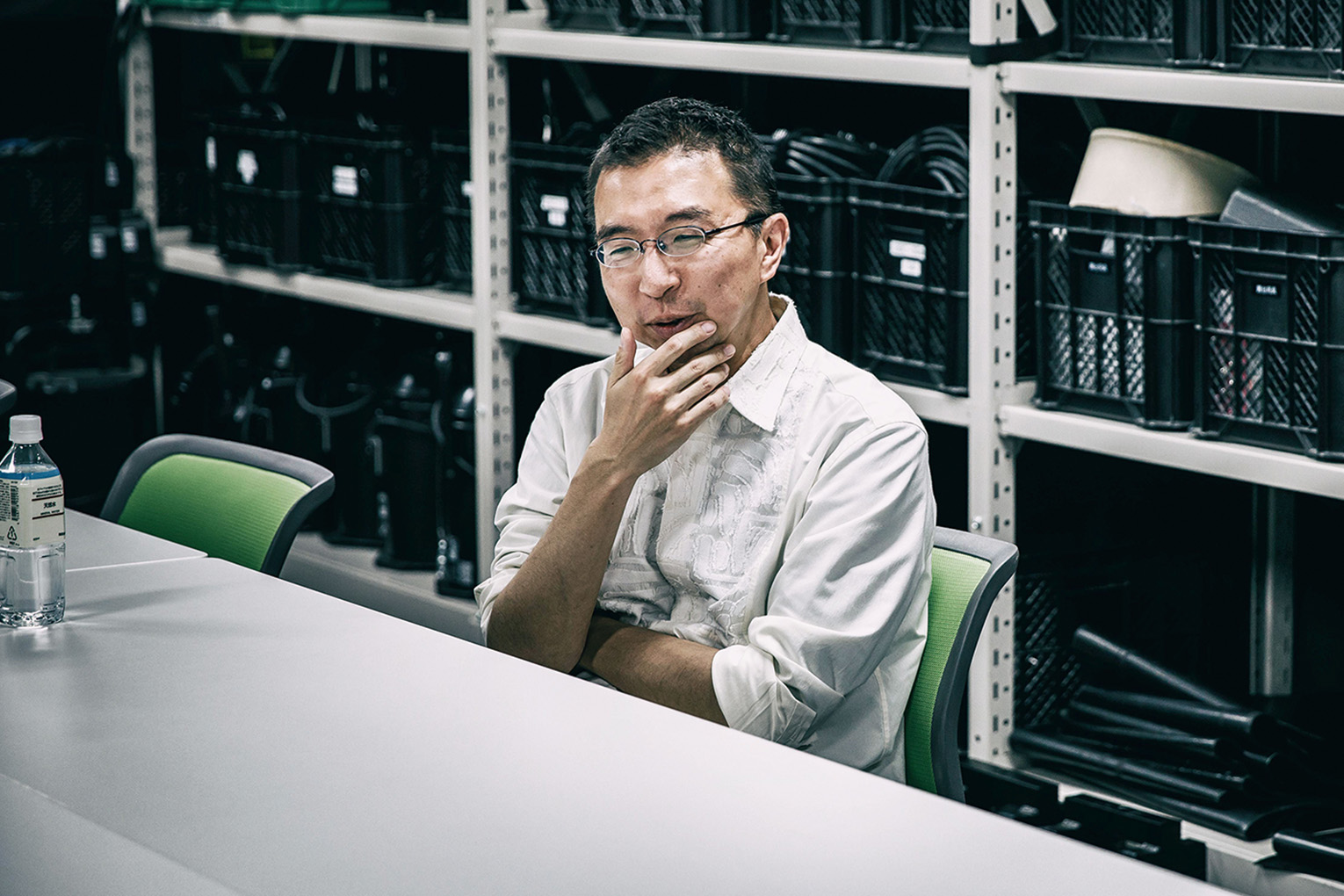
TATENO
Can you speak French?
FUJIMOTO
Not at all. Only "bonjour."
TATENO
Is that right? I know you have an office in France. Doesn't it create issues if you can't speak the language?
FUJIMOTO
It actually makes things easier for me not to understand French. Sometimes I see my staff having heated discussions with clients in French, and it always seems better not to get involved. *Laughs.*
TATENO
*Laughs.*
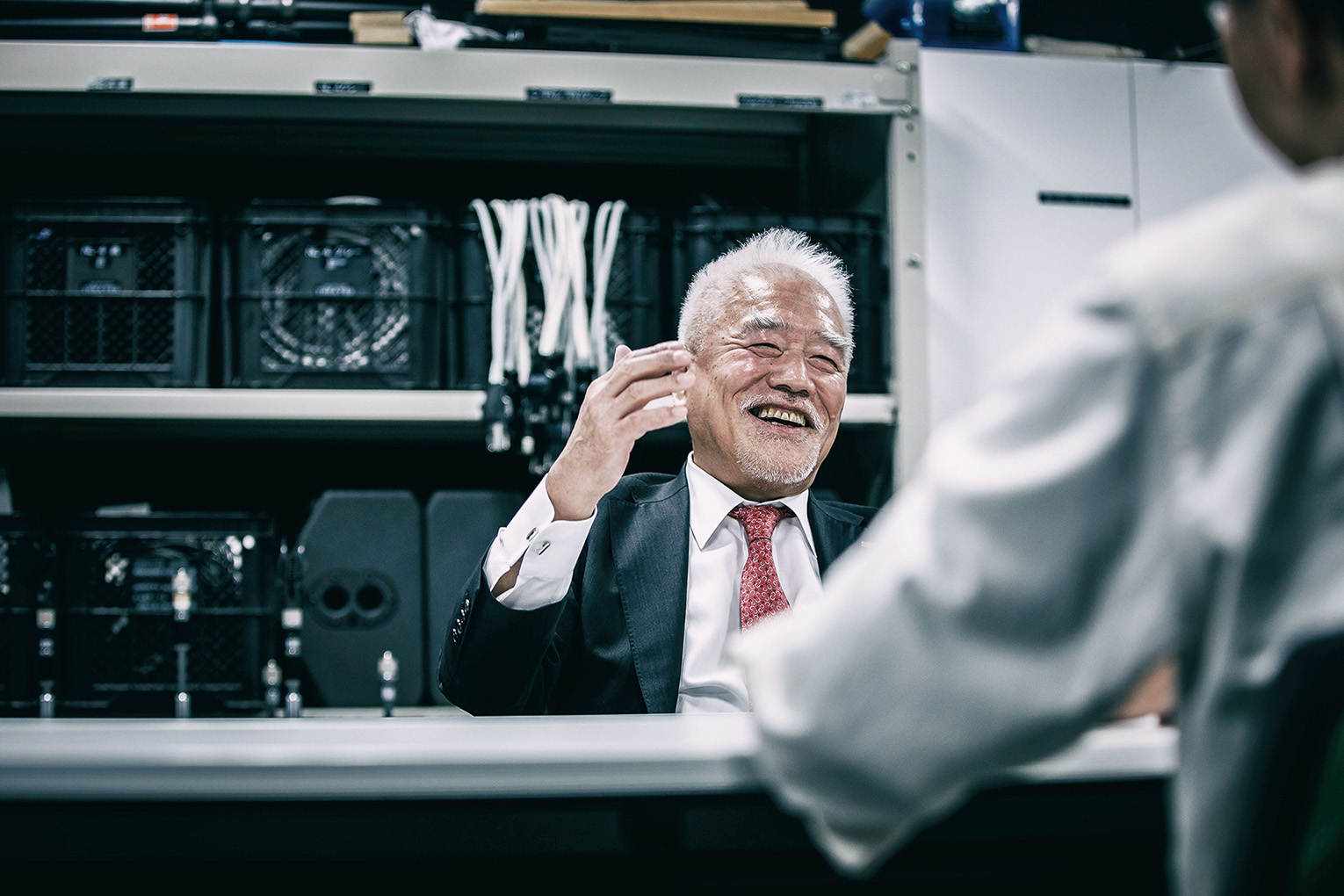
FUJIMOTO
When people think I don't understand French, it keeps me a bit on the outside of things, which is easier. When it looks like they've finished their conversation, I can step in and ask what happened.
TATENO
That makes sense. If you get the gist of it that may be enough. What's it like for young architects in France these days?
FUJIMOTO
Actually, I don't really know in detail. Most architects who know my name are in their late 30's now. I don't know if that's young. There are a few people I know from bidding on some of the many projects out there, but no one really stands out in particular in my mind.
TATENO
I'm surprised to hear that. Who do you usually end up working with?
FUJIMOTO
I usually work with a really savvy guy named Nicolas Laisné and two Moroccan architects. They are artistic types with quite distinct personalities, but we get along really well.
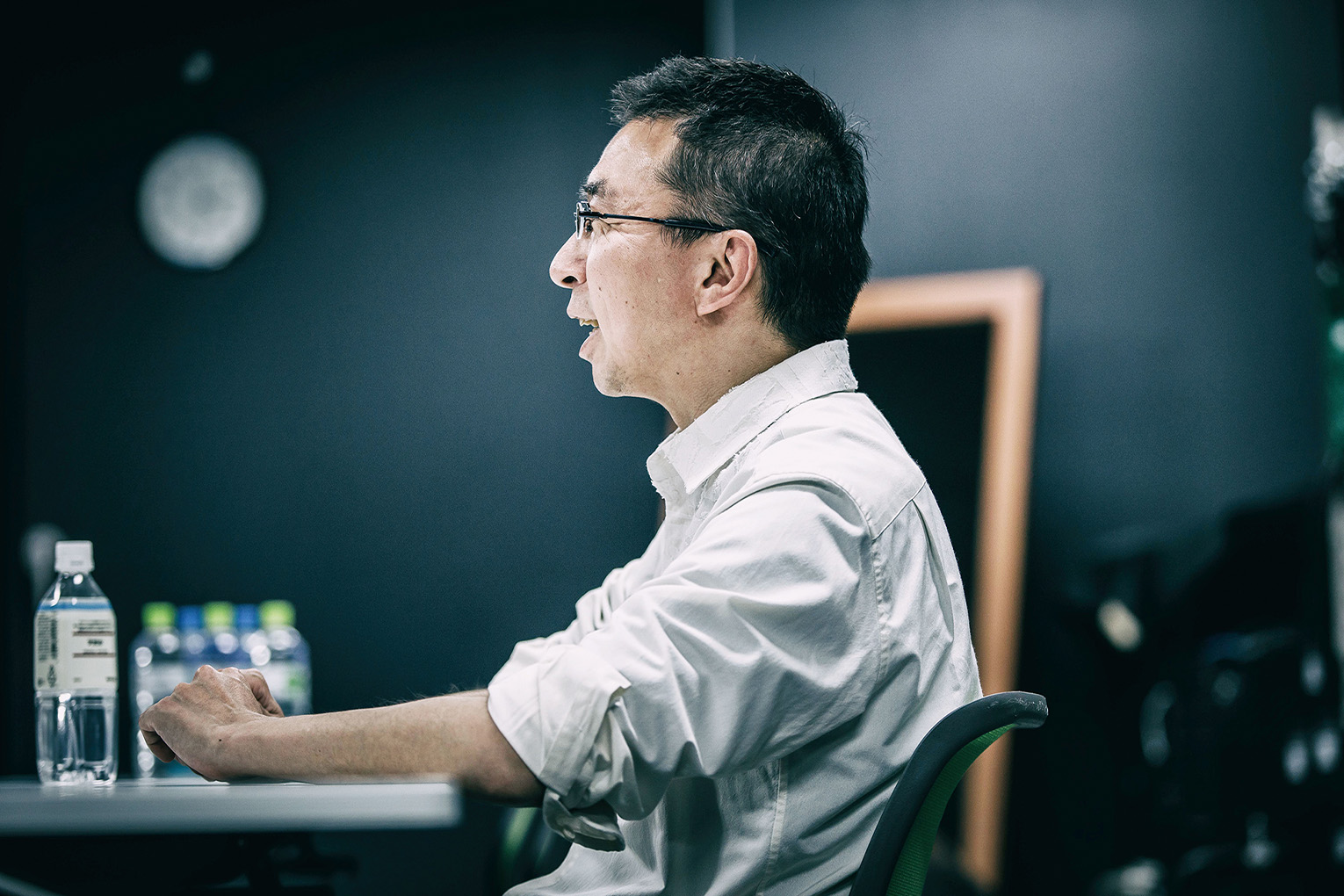
TATENO
It sounds like you have a lot of interesting and unique people around you.
FUJIMOTO
Yes, there are a lot of open tenders for projects in France, and they all do a really good job of navigating the process. There's not much of a culture of overturning established precedents.
TATENO
That's a bit different from Japan, isn't it?
FUJIMOTO
Yes, but young people do get a lot of opportunities there. A while back, there were plans to renovate Paris's lone skyscraper, Montparnasse Tower, and a young French architect won that bid. He's relatively well-known, however.
TATENO
It sounds like a good environment. Do the local staff joining Sou Fujimoto Atelier Paris bring a positive vibe to the place?
FUJIMOTO
We're always looking for people who have built up experience somewhere else, so we pull a lot of talent from other architectural firms. Our Paris office is not just comprised of locals, which gives it quite an international atmosphere. This is why I'm not very knowledgeable on the details of how students get into the architectural industry.
TATENO
I see. France doesn't seem like a place with a lot of large corporate architectural firms. What's your impression?
FUJIMOTO
Architecture Studio is quite big, but you're right, there aren't as many as Japan. Paris has created a system where architects can make a living working independently. There are no general contractors, and young people are selected to compete in bids as standard practice. When a developer has to get involved in a bid, you'll see them actively approaching young talent. At least that's my impression. A lot of architects focus on selling themselves to those developers.

TATENO
France is quite ahead of the curve in that respect. On a separate note, a lot of people say that architects lack social skills in Japan. What do you think?
FUJIMOTO
Well, if you're working in an atelier with only three people in Japan, chances are you'll be dealing entirely with residential clients. There isn't much residential work in France, so if you suddenly become a housing project manager, you'll have to throw yourself into the larger social system surrounding that, which naturally requires you to develop some social skills.
TATENO
Interesting.
FUJIMOTO
As I mentioned earlier, though, when you look at yourself objectively within their system... I feel it's quite difficult to make something genuinely disruptive that could change the system itself.

TATENO
Maybe they are hoping for someone Japanese to do that. Are you planning on opening a new office somewhere besides Paris in the future?
FUJIMOTO
Hmm. It might be a bit tough to set up a new office. If the work was there, then maybe, but at this point...
We can handle Chinese projects from Japan, but there isn't much work in America, so that would be difficult.
TATENO
Do you have more international work than domestic projects at the moment?
FUJIMOTO
We have more overseas projects. Our work in Japan is still there, but isn't growing as much. There are more countries to target overseas. Breaking it down by country, we have the most work in France, followed by China. In our other countries we typically have around 1 or 2 projects each.
TATENO
Can you tell us about working with COS for the Milan Furniture Fair?
FUJIMOTO
Well, they told me I didn't have to worry about them being a fashion brand and I could do as I wanted, but as an architect, I felt a strong desire to create a collaborative space that highlighted both COS and my architectural work. At first, I pitched an idea for making a type of three-dimensional or layered runway, but we didn't have the budget for it. When I realized I couldn't make a physical object with the money we had, I said "let's do it with light then," and presented a plan for creating a unique experience with cones of light people could walk through.
TATENO
What was the specific creative concept you had in mind?
FUJIMOTO
We titled it Forest of Light, and used the high ceilings of this old theater to create a forest-like atmosphere with these rows of spotlights. We also set up a simple algorithm that used sensors to gently brighten or dim the lights when someone walked underneath them. If people started walking around, it would create a sort of gentle pulsating pattern. However, just activating the spot a person entered would be too simplistic, so we programmed a more complex configuration that would trigger other areas when someone walked under a light, or alternately, would pulsate randomly when no one was around. We filled the venue with a thin mist to highlight the cone shape of the lights, and everyone there seemed to really enjoy it.
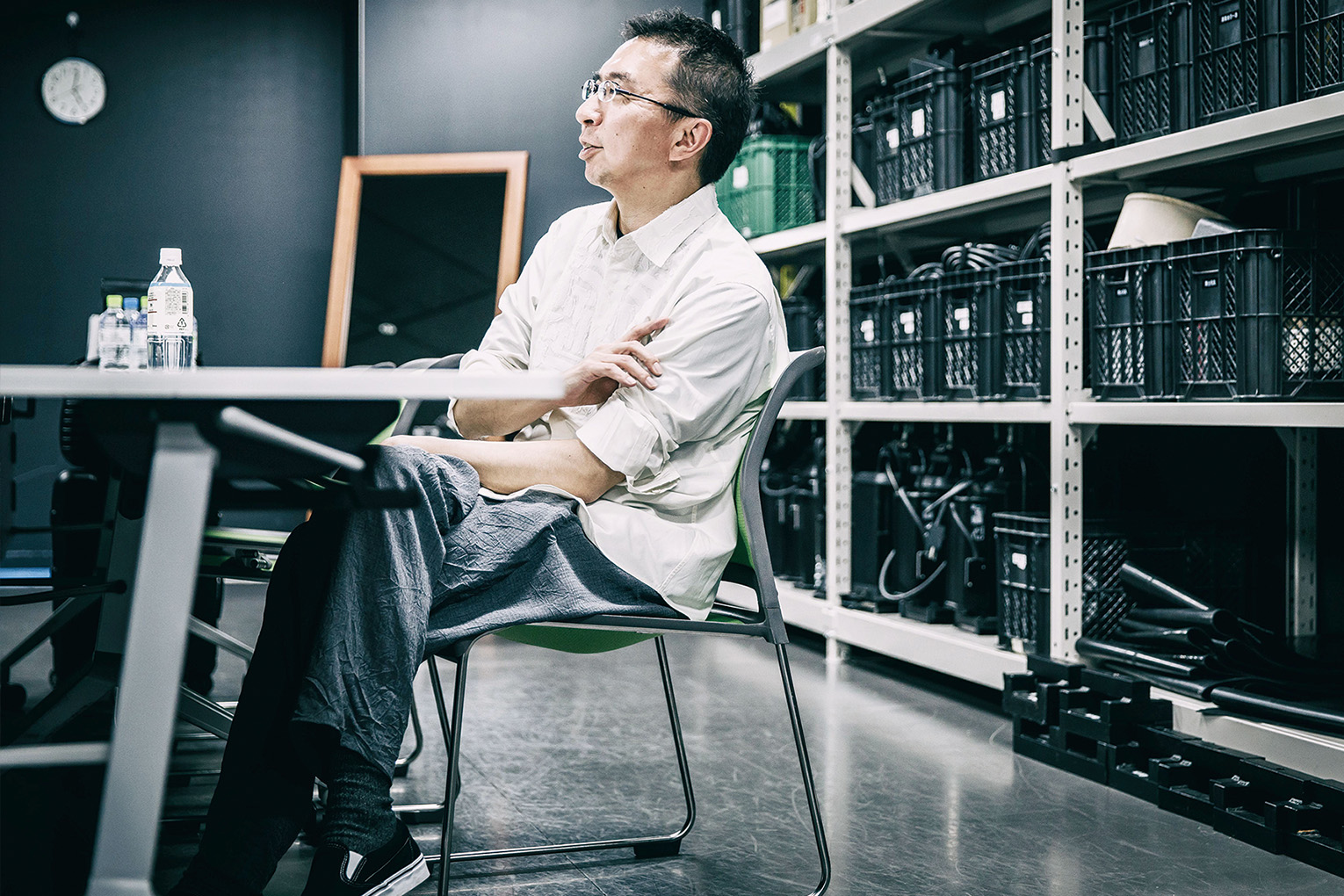
TATENO
I checked it out while I was there as well. You added mirrors on all the surrounding walls, which really made the space feel even more expansive and infinite. It created this interactive element, where you could just continue wandering around this mysterious room.
FUJIMOTO
That was the idea. But when I first saw it I wondered what was going on. As more and more people flooded into the room some started to sit down and watch. It was remarkable to see a bunch of people in the middle of this forest just staring at the light as it changed.
TATENO
You didn't intend for people to sit down to watch?
FUJIMOTO
I was hoping a few people would sit in the chairs. I wanted people to stick around and take it all in. But I never expected so many people to just sit down on the floor. I was like, "what is going on?"
TATENO
A new type of interactive space was born.
FUJIMOTO
Exactly. Everyone was so comfortable they just started laying down and rolling around on the floor. Towards the end, we had a line and had to restrict access to the installation. It was a surreal experience.
TATENO
As you may know, UNION manufactures door handles and metal fittings. How do architects feel about these types of products?
FUJIMOTO
I feel that it's enough to have something normal or standard fitted to the structure. But if you asked me what "standard" is, that's where it gets complicated. If you asked me to identify what is standard I don't think I could do it. And, of course, if we use something strange, that's unsettling as well.
TATENO
If we just look at the separate parts of your architecture they may appear fairly standard, but when everything comes together into a composite whole, I feel like something special is born.
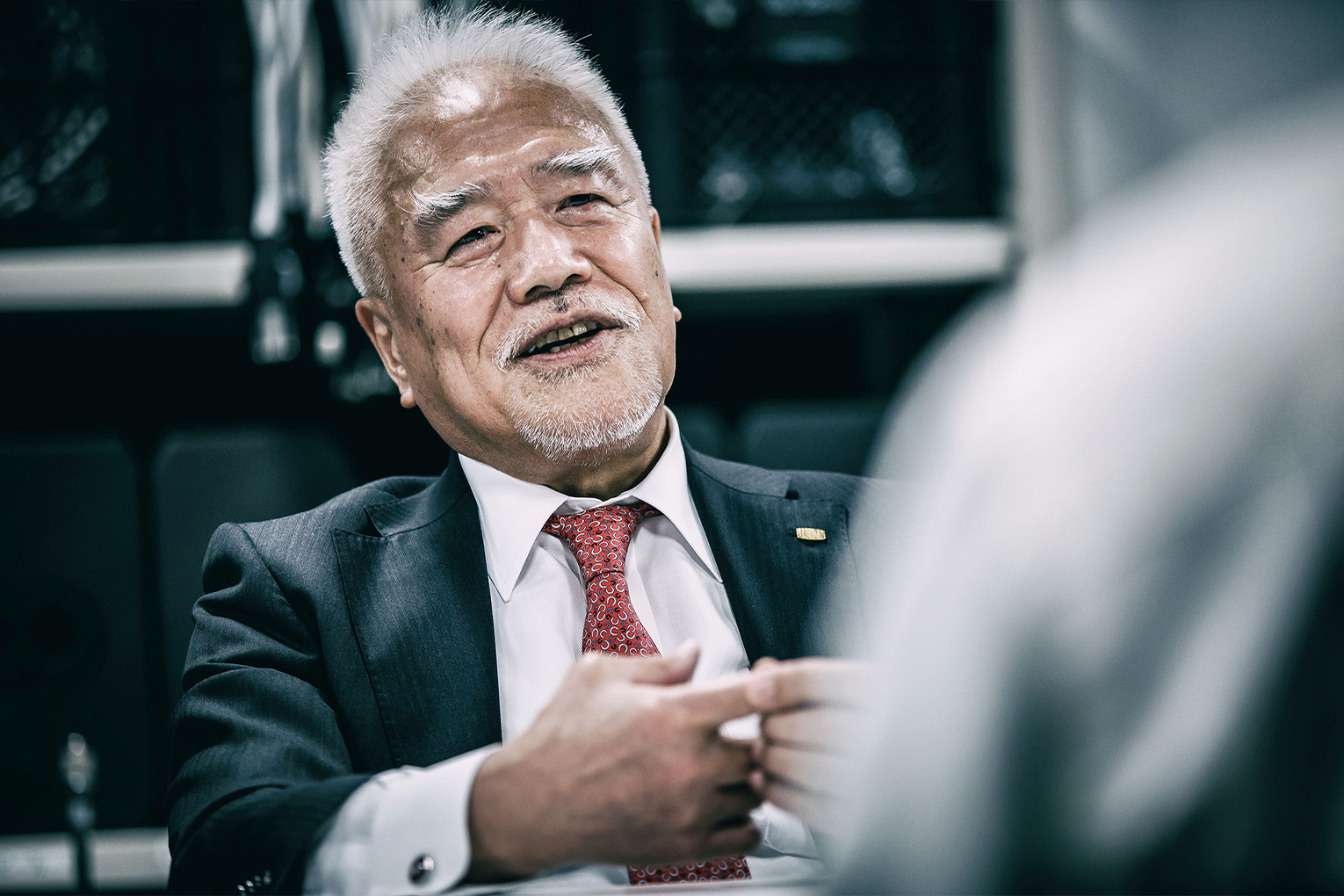
FUJIMOTO
Thank you. But when it comes to furniture, light fixtures, or door handles, I'm not as versed as I'd like to be, so I prefer to have other people do the selection for me.
TATENO
So you like things that are relatively normal.
FUJIMOTO
Yes. That being said, the circumstances are always different with each project in architecture. If you get too caught up in the details, it can often result in something... strange. It's the essence of the situation that lets you create something unique.
TATENO
So you're saying that even if you're making a product to be used by a variety of people, like a door handle, there's a functional universality that emerges from the essence of the product?
FUJIMOTO
For the products I want to incorporate in my buildings, yes. Architecture, on the other hand, doesn't possess that kind of global universality. A sort of new universality arises from the conditions in which an architectural work is built: the cultural background, the climate, or even the natural features of the area. This doesn't mean that architecture's distinct universality doesn't share common elements across the architectural repertoire. I think when people come together to live and communicate anywhere, that space becomes a model or microcosm of society.
TATENO
Interesting. So is there a part of you that enjoys seeing how this model society transforms or changes in different spaces when you create your architecture?
FUJIMOTO
Yes, there is. As I mentioned at the beginning, Einstein's theories hold true no matter where you are. I feel a strong attraction to that type of universality, but if you try to recreate it in architecture, it becomes something fake. I can easily accept the universality of theoretical physics, but the universality of architecture comes out entirely as inspiration, in my opinion. There's a distinctly multi-levelled universality within architecture. This is true for me, for people of my same generation, and for future generations as well. For me, universality is the transmission of this inspiration from one person to the next.
TATENO
I see. Has there ever been a time where you felt that the concept of a building transcended the barriers of time and nationality?
FUJIMOTO
I'm sure I didn't immediately understand all he was trying to communicate but the first works I was deeply impacted by were those of Corbusier. During my fourth year of university, I went to see an apartment he had built in Marseille. When I had first seen it in a book I thought "What the hell is this?" But when I looked at it in person, it blew me away.
There was this dynamic overlapping geometrical order, full of unbridled vibrance and activity, and I just couldn't believe anything this amazing existed. I may have simply felt that way because of a variety of factors in my own personal life at the time, but I was okay with that.
TATENO
There truly is something to seeing and experiencing the real thing firsthand.
FUJIMOTO
There really is. After that experience I traveled to a lot of countries and saw lots of buildings, and each time I discovered something new. Even at ancient Roman ruins, I would look at them and think "I know this part is supposed to represent this. But what if instead it means this?"
TATENO
Do you mean you were discovering some kind of architectural universality?
FUJIMOTO
Not necessarily universality, but more like new ways of interpreting, noticing things hidden in the architecture that no one had yet discovered. I would rebuild my own meanings with the goal of passing on and spreading architecture's potential to future generations.

TATENO
Wow.
FUJIMOTO
Rather than explaining everything with a single theory, I've come to think of it as an infinitely expanding process in which you first build upon yourself and then leave the next iteration of expansion to the following generation. That might sound like an 'anything goes' type of philosophy, but the interesting part is that it isn't. There will always be elements that just click and make sense, as well as ones that feel forced and unnatural.
TATENO
Do you mean things like using simple and unadorned compositional elements?
FUJIMOTO
I think I'm not fully aware of what drives it yet. I don't have a particularly strong conviction one way or another; it's something that's still developing. But door handles and the like are incredibly universal and simple in terms of both function and physical character. And because they rely entirely on the physical movement of the human body to work, the places they exist are both simple and obvious. Yet still there's something profound about them. When you think about it that way, it can almost leave you at a loss for words.
TATENO
I almost feel that there's this deep or essential element to handles, that really just one, or may be five, lever handles comprise all that's out there and all that can be.
FUJIMOTO
You might be right. But those same five handles may appear to be an unlimited variety for hundreds of millions of people around the world. There's a certain universality underlying all the variations and imports and exports we see.
TATENO
So you're not just looking for a single right answer.
FUJIMOTO
That's right. I love the excitement of finding ways to explain everything by adopting a new and unprecedented theoretical perspective. But that doesn't need to be the final answer. When one theory arises, we can use it until another emerges to replace or add to it. This state of constant anticipation of what's coming next is what intrigues me.

*Interview concludes*
Both
Thank you very much.
Planning: Naoyuki Miyamoto
Photography: Norinao Miyanishi
Writing: Fumiya Daito
Web Direction: Ryo Kijima
Web Designer: Yuji Kumegawa